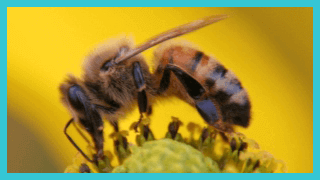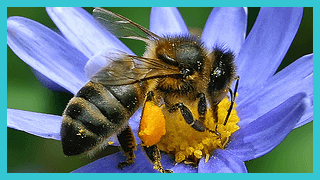Call for a Quick Estimate Today:
(702) 438-9708

 Common Name:
Common Name:
Africanized Honey Bee, Brazilian Honeybee
Scientific Name:
Apis mellifera scutellata
Order and Family:
Hymenoptera, Apidae
Pest Control Service:
Bee and Beehive Removal
Description:
It is very difficult to distinguish the Africanized Honey Bee from European Honey Bees. Behavioral differences which distinguish the Africanized from the European are general excitability, defensiveness, frequency of swarming, and nesting ability. When a swarm finds a suitable nesting site, it may nest there and construct combs. If a shortage of food, water, or space develops, a swarm will move to a more suitable location. As the number of bees in the nest increase, they produce additional reproductive swarms which seek new nesting sites. Reproductive swarming can occur every six weeks, especially during heavy nectar flow periods.
Life Cycle:
The following is a brief description of the complete metamorphosis:
Hosts and Damage:
Generally, most flowering plants are hosts for honeybees. However, some species seem to be more attractive than others to bees. In general terms, the herbaceous annual and perennial species in North America which are more than usually attractive include mints, milkweeds, clovers, and asters. Mountain mint and swamp milkweed seem to be the most attractive species documented at this time.
WARNING: This bee stings and is highly aggressive.


Professional, Commercial & Residential Pest Control
Pet & kid friendly, Safe, Organic, Natural Pest Control